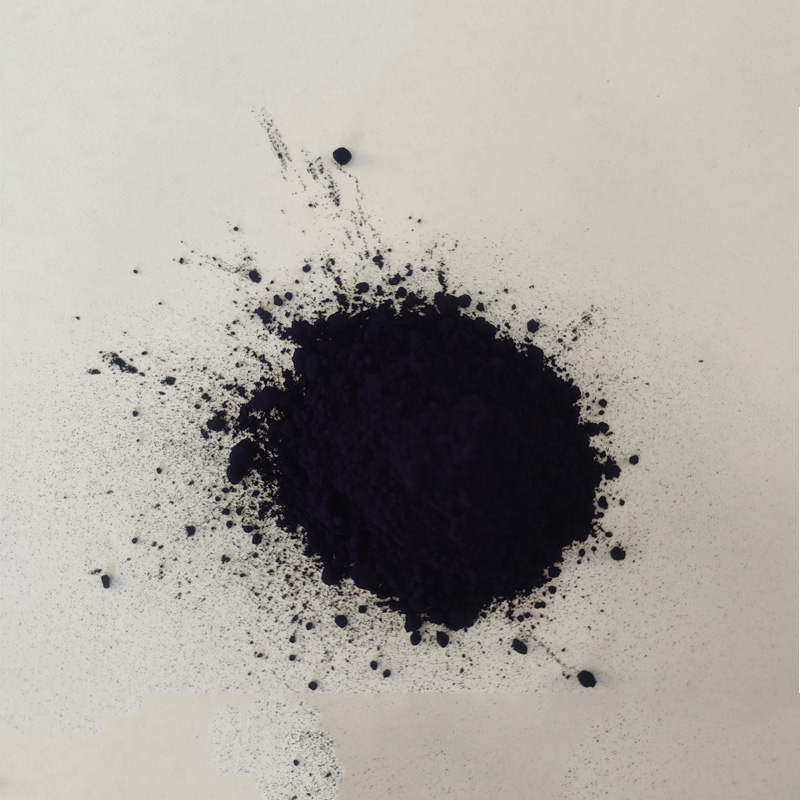indigo dye for fabric products
The Art and Science of Indigo Dye for Fabric Products
Indigo dyeing has a rich history that dates back thousands of years, and it remains one of the most popular and revered techniques in the fabric industry today. This deep blue hue, derived from the indigo plant, not only imparts beauty and uniqueness to textiles but also embodies a vibrant cultural heritage that spans countless generations and geographical boundaries.
Historical Significance of Indigo Dye
Indigo dyeing can be traced back to ancient civilizations. Evidence suggests that its use began in cultures as diverse as the Egyptians, the Chinese, and the various tribes of West Africa. In India, indigo dyeing has been practiced for over 5,000 years, leading to the creation of exquisite fabric patterns and a booming export trade. The indigo plant, primarily *Indigofera tinctoria*, thrives in tropical and subtropical climates, making it a key agricultural product in regions such as India, Southeast Asia, and parts of Africa.
During the colonial period, the insatiable demand for indigo in Europe led to the establishment of plantations in the Americas, further enhancing its global presence. Consequently, the dye became a symbol of wealth, status, and cultural identity, with beautifully dyed fabrics becoming coveted items among the elite classes.
The Dyeing Process A Blend of Art and Technique
The indigo dyeing process is a fascinating blend of art and science. It typically begins with the harvesting of the indigo leaves, which are then fermented to convert the indican within the leaves into indigo dye. This conversion process, known as reduction, involves the use of alkaline substances, often creating a vibrant and bubbling mixture of dye.
Once the dye is ready, the fabric—whether cotton, silk, or another material—is immersed in this indigo vat. The key to achieving the desired shade lies in the timing and saturation levels. Each immersion in the dye bath allows for a gradual buildup of color, resulting in a deepening blue hue. After dyeing, the fabric is exposed to air, oxidizing the dye and fixing the color onto the fabric. The beauty of indigo lies in its ability to create various shades through different dyeing techniques, including shibori, a Japanese resist-dyeing method that results in intricate patterns.
indigo dye for fabric products

Environmental and Sustainable Considerations
In recent years, the sustainability of indigo dyeing practices has gained increasing attention. Traditional methods of indigo production are often more eco-friendly compared to synthetic dyes, which can be harmful to the environment. The resurgence of interest in natural dyes has led many artisans and textile producers to favor indigo over chemical alternatives. Organic farming methods, combined with traditional dyeing techniques, highlight the symbiotic relationship between culture and ecology.
However, it's essential to recognize that the full environmental impact depends on various factors, including farming practices and the broader textile production process. As consumers become more conscious of their purchasing choices, there is a growing demand for sustainably produced indigo-dyed fabrics, further pushing the industry towards environmentally responsible practices.
Cultural Relevance in Modern Fashion
Today, indigo dye continues to thrive in contemporary fashion and textile arts. From high-end fashion designers to local artisans, the allure of indigo persists as an irreplaceable source of inspiration. Fashion houses often incorporate indigo fabrics into their collections, emphasizing unique craftsmanship and heritage techniques.
In addition to clothing, indigo is finding its way into home decor, with bedding, curtains, and upholstery reflecting its timeless elegance. Many regions have embraced indigo dyeing as a form of cultural expression, using it as a medium to tell stories, celebrate traditions, and build community.
Conclusion
Indigo dyeing is more than just a technique for coloring fabric; it is a cultural legacy that has stood the test of time. With its vibrant shades, unique artistic expression, and growing emphasis on sustainability, indigo dye remains a significant player in today's textile industry. As we embrace the past and look towards the future, the deep, rich colors of indigo continue to weave narratives that connect us to our roots, our creativity, and each other. Through innovative, environmentally-conscious methods, the artistry of indigo will surely thrive for generations to come.
-
The Timeless Art of Denim Indigo Dye
NewsJul.01,2025
-
The Rise of Sulfur Dyed Denim
NewsJul.01,2025
-
The Rich Revival of the Best Indigo Dye
NewsJul.01,2025
-
The Enduring Strength of Sulphur Black
NewsJul.01,2025
-
The Ancient Art of Chinese Indigo Dye
NewsJul.01,2025
-
Industry Power of Indigo
NewsJul.01,2025
-
Black Sulfur is Leading the Next Wave
NewsJul.01,2025

Sulphur Black
1.Name: sulphur black; Sulfur Black; Sulphur Black 1;
2.Structure formula:
3.Molecule formula: C6H4N2O5
4.CAS No.: 1326-82-5
5.HS code: 32041911
6.Product specification:Appearance:black phosphorus flakes; black liquid

Bromo Indigo; Vat Bromo-Indigo; C.I.Vat Blue 5
1.Name: Bromo indigo; Vat bromo-indigo; C.I.Vat blue 5;
2.Structure formula:
3.Molecule formula: C16H6Br4N2O2
4.CAS No.: 2475-31-2
5.HS code: 3204151000 6.Major usage and instruction: Be mainly used to dye cotton fabrics.

Indigo Blue Vat Blue
1.Name: indigo blue,vat blue 1,
2.Structure formula:
3.Molecule formula: C16H10N2O2
4.. CAS No.: 482-89-3
5.Molecule weight: 262.62
6.HS code: 3204151000
7.Major usage and instruction: Be mainly used to dye cotton fabrics.

